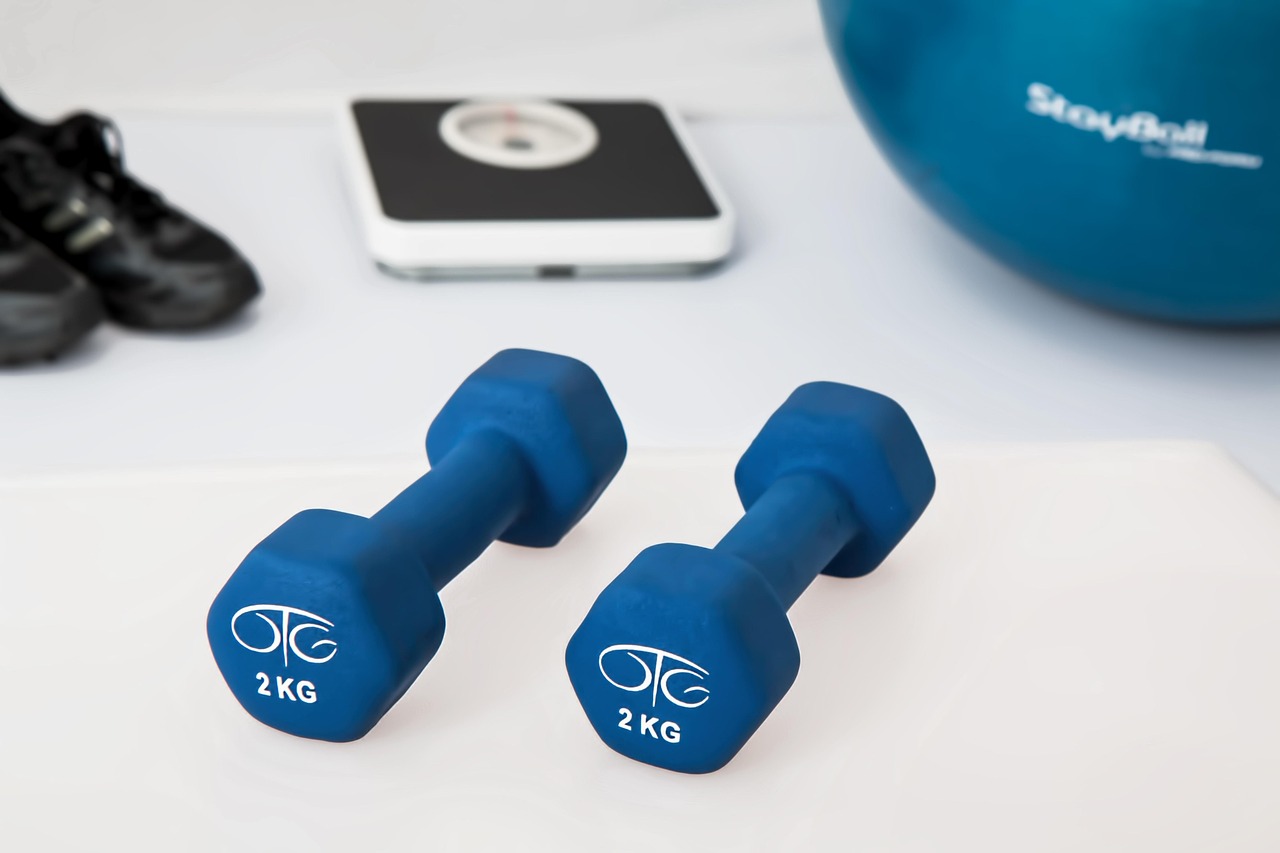The integration of Science, Technology, Engineering, and Mathematics (STEM) into the fitness industry is ushering in a new era of personalized and efficient wellness solutions. Advancements in wearable technology, artificial intelligence (AI), and data analytics are transforming how individuals approach health and exercise.
Wearable Technology and Data-Driven Insights
Wearable devices have become ubiquitous, offering real-time monitoring of physical activity, heart rate, sleep patterns, and more. These gadgets provide users with actionable insights into their health metrics, enabling informed decisions about their fitness routines. The American College of Sports Medicine (ACSM) highlights wearable technology as the top fitness trend for 2025, emphasizing its role in modern fitness regimes.
Artificial Intelligence in Personalized Fitness
AI is revolutionizing fitness by delivering personalized workout plans and real-time feedback. Applications utilize algorithms to adapt exercises based on individual performance, goals, and preferences. This customization enhances the effectiveness of workouts and keeps users engaged. Platforms like Fitbod exemplify this trend by offering AI-driven fitness experiences.
Virtual and Augmented Reality Experiences
Virtual Reality (VR) and Augmented Reality (AR) technologies are creating immersive fitness experiences, making workouts more engaging and enjoyable. These innovations allow users to participate in virtual classes or explore simulated environments, adding variety to traditional exercise routines. The adoption of VR and AR in fitness is part of the broader trend of integrating emerging technologies to enhance user engagement.
High-Intensity Interval Training (HIIT) and Data Analytics
High-Intensity Interval Training (HIIT) remains a popular fitness trend, with data analytics playing a crucial role in optimizing these workouts. By analyzing performance metrics, individuals can fine-tune their HIIT sessions for maximum efficiency and effectiveness. The ACSM notes the continued prominence of HIIT in fitness trends, supported by technological advancements that provide deeper insights into workout performance.
Holistic Wellness Through Technology
The fusion of technology and fitness extends beyond physical exercise to encompass overall well-being. Innovations in health monitoring and personalized fitness plans are making it easier and more affordable to achieve wellness goals. This holistic approach is facilitated by tools that cater to unique needs and preferences, transforming wellness aspirations into achievable realities.
In summary, the convergence of STEM disciplines with fitness is redefining the wellness landscape. As technology continues to evolve, it offers increasingly sophisticated tools and platforms that empower individuals to take control of their health in personalized and effective ways.




